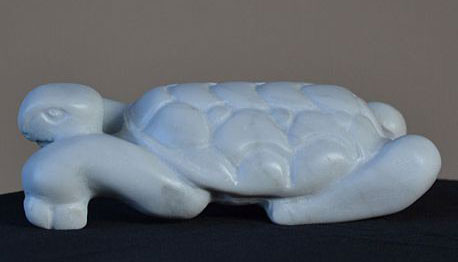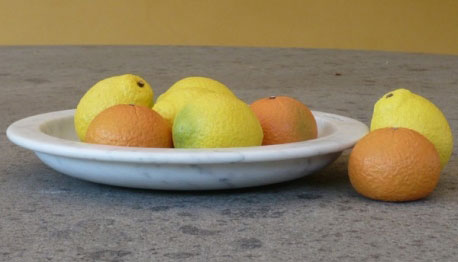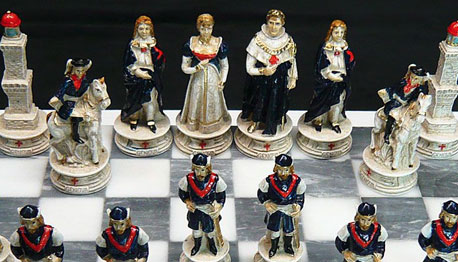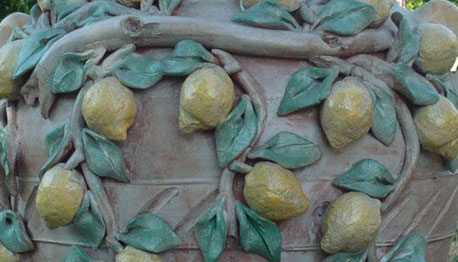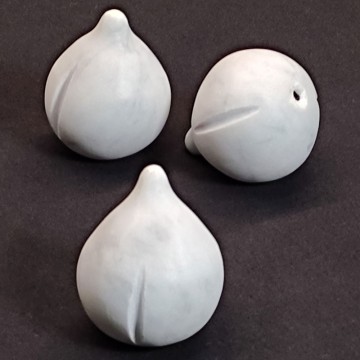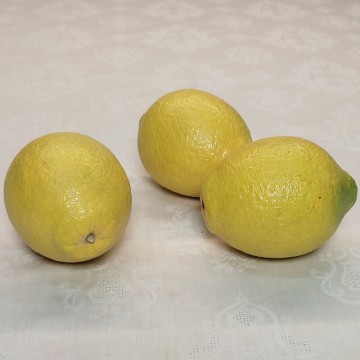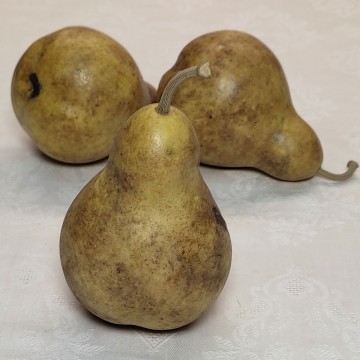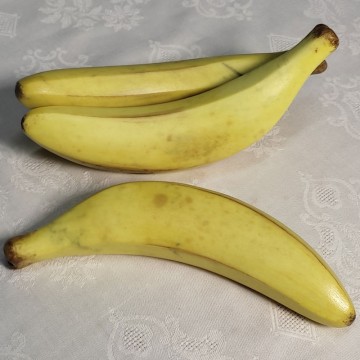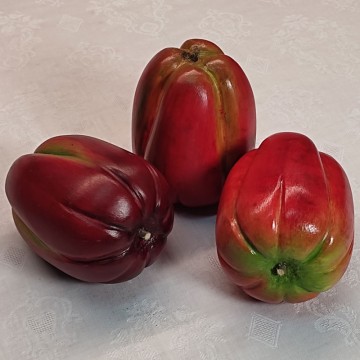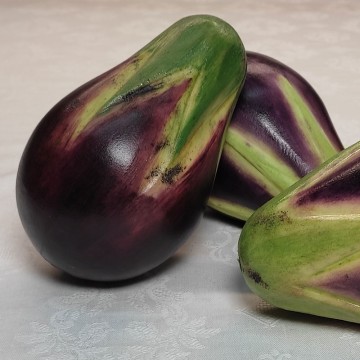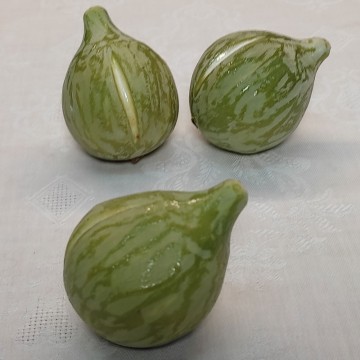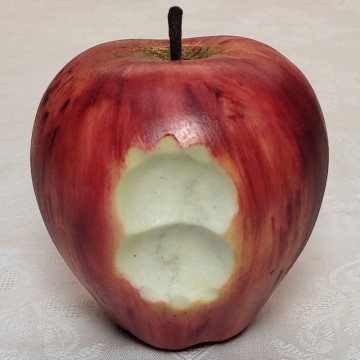The shape of the red plum varies from oblong to round and the flavour from sweet to slightly sour. The colour of the skin ranges from light to dark red and the flesh is yellow.
Prunus domesticus, also called plum or prunus, is almost certainly native to the Middle East. It arrived in Italy around the first century BC and then spread throughout Europe.
The fruits of the plum tree are fleshy oval or spherical drupes. The seed is enclosed in a hard, flattened oval-shaped stone. The colour is extremely variable: from light yellow to orange, speckled or not with red, to dark red, blue-violet and even green.
In common usage, the name plum is used to indicate the fresh fruit while prune indicates the dried one.
.
At the foot of the Apuan Alps, Carrara is unique in the world for its marble quarries. The “white gold of the Apuan Alps”: this is how the marble of Carrara is defined, a precious stone with which important works have been realised and that has made this town, for centuries devoted to its extraction and processing, great.
One of the first people to venture into marble quarrying were the Romans who, by inserting beams of fig wood inside natural fissures in the rock, filled these with water until they were completely impregnated and caused the rock to split. This extraction technique remained unchanged, if not with minor variations, until the Renaissance when Michelangelo began to frequent the Carrara area to directly choose the raw material for his works: it was from Carrara, transported along the Arno, that the block from which the Maestro sculpted the famous David came.
Marble thus became an important raw material for the construction, furnishing and decoration of public buildings and patrician residences.
Even today, skilful artists and craftsmen still work this material with mastery, creating stupendous works of art and decorative objects that become true furnishing accessories.

